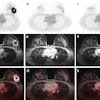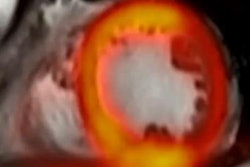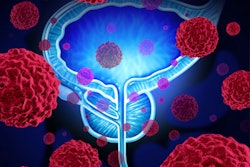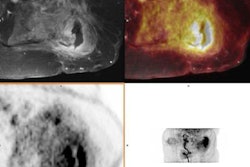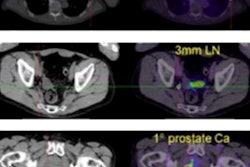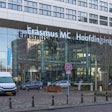Dear Molecular Imaging Insider,
While hybrid PET/MRI imaging is considered experimental in most countries in the world, some hospitals have been using the approach since the scanners were first introduced more than 10 years ago. At ECR 2022, several reports suggested that in these settings, PET/MRI has become a game changer in clinical practice.
For instance, Prof. Dr. Lale Umutlu, head of clinical PET/MRI at University Hospital Essen, discussed what she termed "The Big Four" clinical applications for PET/MRI. You can read about her presentation in today's article.
In another presentation on PET/MRI at ECR 2022, a group from the University of Naples found the hybrid approach identified additional lesions during breast cancer staging over diffusion-weighted MRI and reduced the need for biopsies.
We also continue to note published PET/MRI studies, with a group of Dutch orthopedic surgeons recently recommending the hybrid modality over other imaging techniques for diagnosing bone infection.
Meanwhile, PET/CT continues to show its value, with an Australian group suggesting prostate-specific membrane antigen (PSMA)-PET/CT is comparable to MRI for detecting clinically significant prostate cancer.
Also, a multidisciplinary team of U.K. experts recently produced a comprehensive guide to help determine when the clinical use of PET/CT is justified. The 86-page document can be downloaded free of charge.
In addition, clinicians may expect reviews on how to manage prostate cancer patients more effectively with PET/CT, with the U.K. recently becoming the first country in Europe to clear lutetium-177 PSMA-617 for treatment of the disease.
Returning to ECR 2022 coverage, Prof. Hans Ringertz revealed during a video interview that a Nobel prize for PET imaging could be on the cards in the years ahead. In another interview, Prof. Dr. Regina Beets-Tan, president of ECR 2022 and chair of radiology at the Netherlands Cancer Institute in Amsterdam, touched on what it was like to return to an in-person meeting after a three-year hiatus due to COVID-19.
Finally, in nuclear facilities development, we published a story on Russian nuclear energy giant Rosatom's investment in a nuclear research center in Bolivia -- notable, given that the facility is now the highest-altitude site in the world producing radioisotopes for use in medicine.
That's all for now. Be sure to check back regularly for more news in your Molecular Imaging Community!



